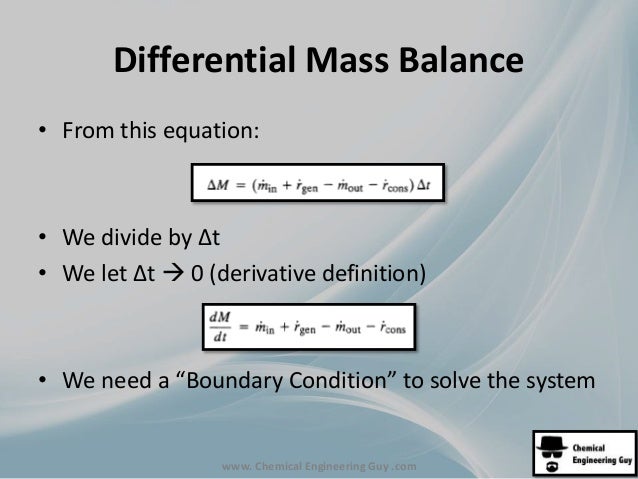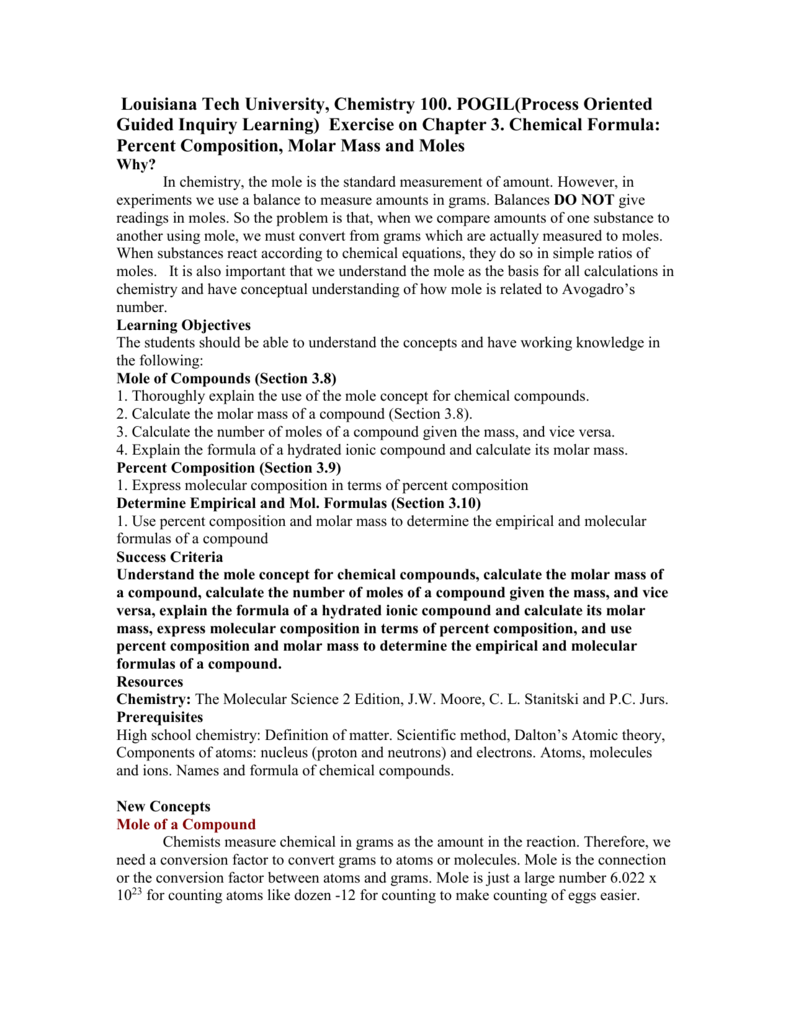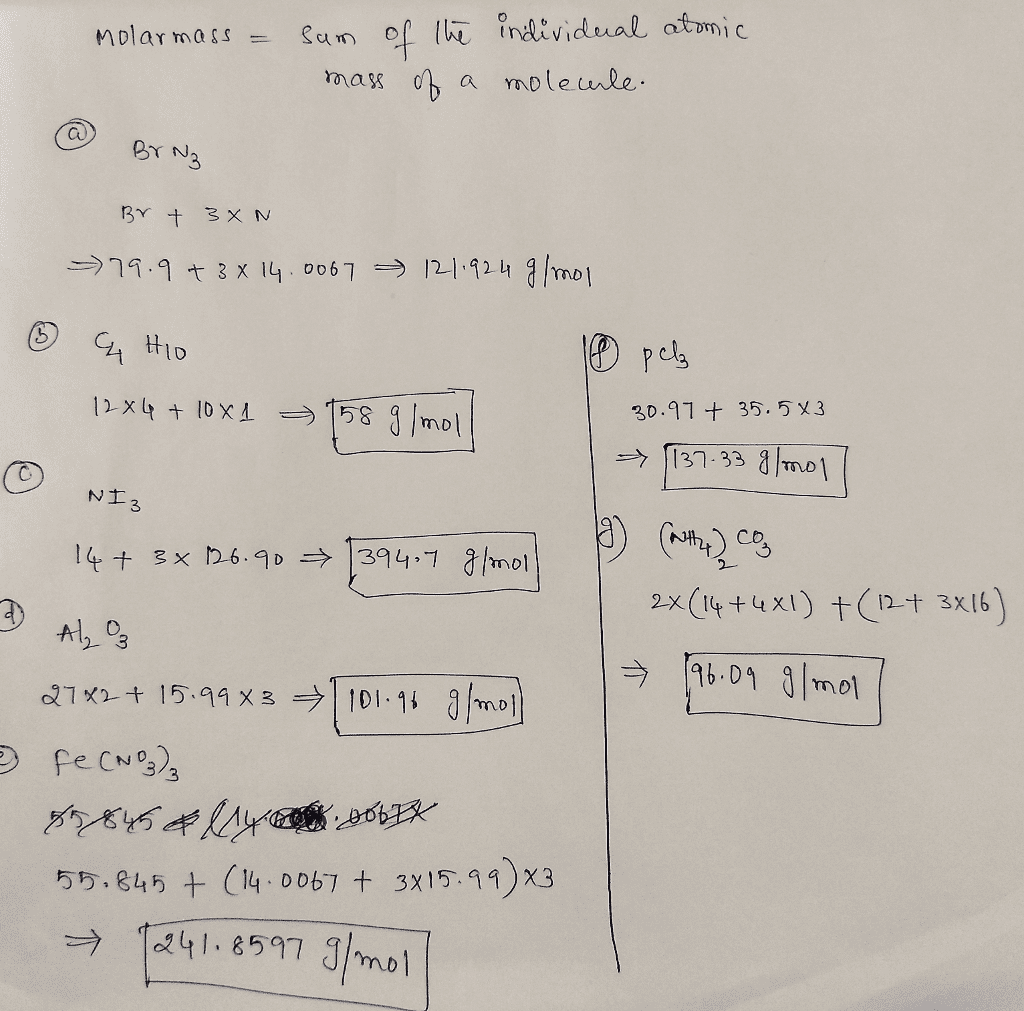The tube is bent into a "U" shape and mounted on an inexpensive piezoelectric speaker. The resonance frequency of the tube is detected by a photointerrupter, amplified, and fed into the speaker; the resulting feedback circuit keeps the glass tube vibrating at its resonance frequency. A peristaltic pump and computer are used to flow samples through the tube and record the resonance frequency of the tube.
Detail of the glass tube shows the path followed by a sample inside the tube as it flows into the sensor ("a"), passes the tip of the sensor ("b"), and exits the sensor ("c"). Resonance frequency of the vibrating tube vs. time as a 770 μm diameter glass bead is passed back and forth through the tube eighteen times. Each passage of the bead through the tube results in a momentary decrease in the tube's resonance frequency; this is recorded as a downward peak in the resonance frequency . Each point on the peak (baseline "a," tip "b," and baseline "c") corresponds with the bead's location in above.
The height of this peak is used to determine the buoyant mass of the bead . Histograms showing the buoyant mass of another bead weighed thousands of times in two different fluid densities. The widths of these distributions—120 and 160 nanograms—provide an estimate of the resolution of our mass measurements. Our technique is very versatile because all objects have fundamental physical properties like mass. Consequently, our mass sensor can be applied to problems as diverse as screening toxic substances, understanding the growth of plants, measuring the degradation of biomaterials, and many others.
And unlike imaging-based measurements of size, our mass sensor is insensitive to the shape of the object. Finally, the automation, portability, and low cost of this technique make vibrating glass tubes particularly well suited for applications in the field or in resource-limited settings. When a sample passes through the vibrating tube sensor, its buoyant mass is recorded as a brief peak in the plot of resonance frequency vs. time (e.g., Fig 1C and 1D).
Once a peak is located, the height of the peak can be measured and converted to a corresponding buoyant mass value using the sensor's point mass calibration described below. Alternatively, a custom Python program can be used to fit the raw frequency measurements to an analytical equation of expected peak shape derived from Dohn et al. Additional details about signal processing are provided in S6 Fig. In this work, we demonstrate a simple and inexpensive sensor capable of weighing microgram-sized objects in fluid.
Like the SMR, this sensor uses a change in resonance frequency to weigh an object in fluid with high precision. But unlike the SMR, this sensor can weigh samples with a large range of sizes and is extremely simple to fabricate. Our sensor consists of a short length of glass tubing bent into a "U" shape and attached to an inexpensive speaker that vibrates the glass tubing at its resonance frequency.
The resulting sensor shown in Fig 1 costs about US $12 in materials and can be made in under 10 minutes. Additionally, by weighing samples in fluids of different densities, we can also use our sensor to measure the volume and density of samples in fluid. Before using a vibrating tube to weigh a sample, the tube must first be calibrated. We calibrated the sensor shown in Fig 1A using a glass bead of known size and density in a fluid of known density . Fig 1C shows eighteen downward peaks in the resonance frequency of the tube as the bead is pumped back and forth eighteen times through the tube.
The height of each peak (72 millihertz; Fig 1D) is proportional to the buoyant mass of the bead . Where mo is the absolute mass of the object, ρo is the density of the object, and ρf is the density of the fluid filling the channel. Stated in words, an object's buoyant mass is equal to its real mass minus the mass of an equivalent-volume amount of fluid. Finally, if the object's density equals the fluid's density, then the object will have zero buoyant mass and its passage through the tube will have no effect on the resonance frequency of the tube .
Thus, the orientation of the vibrating tube with respect to gravity has no effect on its measurements. Density, ratio of the mass of a substance to its volume, expressed, for example, in units of grams per cubic centimeter or pounds per cubic foot. The density of a pure substance varies little from sample to sample and is often considered a characteristic property of the substance. Most substances undergo expansion when heated and therefore have lower densities at higher temperatures. Many substances, especially gases, can be compressed into a smaller volume by increasing the pressure acting on them. For these reasons, the temperature and pressure at which the density of a substance is measured are usually specified.
The density of a gas is often converted mathematically to what it would be at a standard temperature and pressure . Water is unusual in that it expands, and thus decreases in density, as it is cooled below 3.98'C . Measurements of an object's fundamental physical properties like mass, volume, and density can offer valuable insights into the composition and state of the object.
However, many important biological samples reside in a liquid environment where it is difficult to accurately measure their physical properties. To simplify the comparison of densities of different materials across different units of measurement, other terms such as relative density or specific gravity are used. These dimensionless parameters represent the ratio of the mass density of a material to that of a standard material, typically water. Therefore, if the relative density of an object is less than one, that means that it is less dense than water and will likely float. The density of a substance can be used to define the substance.Water is unusual because when water freezes, its solid form is less dense than liquid water, and thus floats on top of liquid water. Archimedes had used the concept of density to expose the fraud.
Density is a physical property of matter that expresses a relationship of mass to volume. The more mass an object contains in a given space, the more dense it is. It is important to remember, though, that this relationship is not just about how closely packed together the atoms of an element or the molecules of a compound are. Density is also affected by the atomic mass of an element or compound.
Since different substances have different densities, density measurements are a useful means for identifying substances. Finally, to demonstrate our technique using a biologically-relevant sample other than an organism, we used vibrating glass tubes to precisely measure the degradation rates of biodegradable materials. For many applications in medical implants, it is desirable to have materials with known degradation rates. For example, a screw for repairing a broken bone might remain intact until the bone heals and then dissolve away. However, measuring the degradation rates of slow-degrading materials is a time-consuming and labor-intensive process. This process slows the development of new biomaterials and introduces the potential for human error.
Magnesium ribbon with a thickness of 250 μm (98% pure; MiniScience Inc., Clifton, NJ) was used as a model biomaterial in our degradation rate measurement studies. Roughly 1 mm sized pieces of magnesium were cut from the ribbon. The samples were polished before measurement using 600, 800, and 1200 grit silicon carbide abrasive papers to remove the native oxide layer. Flow through the sensor was controlled using the servomotor as described previously. The resulting buoyant mass measurements are shown in Fig 4.
Volume is the amount of space an object occupies while density is the mass of an object per unit volume. You need to know the volume of an object before you can calculate its density. Calculating volume for regular objects can be done with a simple formula determined by the shape of the object. Common units for volume are cubic centimeters , cubic meters , cubic inches , and cubic feet . Once you have the volume, density is one more simple calculation away. Common units for density are grams per cubic centimeter (g/cm3) or grams per milliliter (g/mL).
The density of solids, liquids, and gases is the measurement of mass per unit volume at a given temperature and pressure. The standard or normal density of solids, liquids, and gases is the density at 0°C temperature and one atmosphere pressure. In gases, we also used relative density for measurement. It is the ratio of masses of an equal volume of gas and oxygen. The density of gases is also related to Graham's law of diffusion or effusion. Of a substance is the ratio of the mass of a sample of the substance to its volume.
The SI unit for density is the kilogram per cubic meter (kg/m3). For many situations, however, this as an inconvenient unit, and we often use grams per cubic centimeter (g/cm3) for the densities of solids and liquids, and grams per liter (g/L) for gases. Although there are exceptions, most liquids and solids have densities that range from about 0.7 g/cm3 to 19 g/cm3 . Table \(\PageIndex\) shows the densities of some common substances.
Ρ is the object's density m is the object's total mass V is the object's total volume Under specified conditions of temperature and pressure, the density of a fluid is defined as described above. However, the density of a solid material can be defined in several ways. Porous or granular materials have a density of the solid material, as well as a bulk density, which can be variable. For example, if you gently fill a container with sand, and divide the mass of sand by the container volume you get a value termed loose bulk density. If you took this same container and tapped on it repeatedly, allowing the sand to settle and pack together, and then calculate the results, you get a value termed tapped or packed bulk density. Tapped bulk density is always greater than or equal to loose bulk density.
In both types of bulk density, some of the volume is taken up by the spaces between the grains of sand. The density of the sand grains, exclusive of the air between the grains, will be higher than the bulk density. Raw resonance frequency data from repeated measurements of a single polyethylene microbead in water (from the right-hand distribution of measurements in Fig 1E). After zooming in to the filtered data , peaks corresponding to individual measurements of the microbead are visible. Zooming in further on one pair of peaks shows the ∼2 millihertz height of these peaks (corresponding to a buoyant mass of ∼3.7 μg for this microbead).
The peaks come in pairs because the particular vibrating tube sensor used for this measurement had a tuning-fork shape with two vibrating "U"-shaped lobes . To validate our technique with a diverse range of biological samples, we used vibrating tube sensors to monitor the mass of individual plant seeds during imbibition and germination. Seed imbibition, or water uptake, is used in agriculture as a metric of seed health and quality . Seed germination is a change in seed metabolism when imbibition starts; germination culminates with the elongation of the embryonic axis that penetrates the seed coating. The imbibition of seeds is accompanied by a rapid leakage of cellular materials and the rate of this leakage is decreased as the tissues become hydrated . Both situations can encourage undesirable seed dormancy and delay germination .
To test this hypothesis, we used vibrating glass tubes to continuously monitor the buoyant mass of zebrafish embryos during exposure to known toxicants. Zebrafish embryos are popular vertebrate model organisms for high throughput drug discovery and screening and human disease modeling . Additionally, as marine animals, they are used extensively in assessing the toxicity of substances in aquatic environments . Current methods for assessing the health of zebrafish embryo are laborious, time-consuming, require a high degree of expertise, and can be subject to human error.
Vibrating tube mass sensors could offer an economical and high-throughput alternative to these existing techniques for assessing the health of an embryo. They can also provide information on organism mass, a primary metric in toxicology that is used as a normalizing factor for dosing of toxicants . This estimate of single-seed mass was used along with the seed buoyant mass measurements to calculate the estimated density of each seed during imbibition and germination (Fig 3G–3I). Volume is an amount of space, in three dimensions, that a sample of matter occupies. The number and the phase of the molecules in the sample primarily determine the volume of a substance. Volume will be measured in many ways in this course, but the units are usually milliliters or cubic centimeters .
Methods for determining or delivering precise volumes include volumetric pipets and pycnometers; less precise methods include burets, graduated cylinders, and graduated pipets. Since a majority of the chemistry you will be completing in the lab is aqueous in nature, you will be measuring the volume of liquids almost every lab. As with any process in science there is a correct way to go about the measurement. Please pay close attention to your TA's demonstration of the proper way to fill and read your graduated cylinder. The other technique you will learn in this lab is the proper way to weigh an object.
The analytical balance is a vital tool you will use to measure everything from solid reagents you will use to make solutions to products you have produced via chemical reaction. An accurate weight is vital to both the production and to the interpretation of the success of an experiment. Your TA will demonstrate in lab the proper use of the analytical balances we have in our labs. You can get a head start on learning the process by watching the short film availlable here.
Distribution of buoyant mass measurements for 474 different zebrafish embryos at 2 hours post-fertilization, obtained using our vibrating glass tube sensor. By using our resonating glass tube to automatically monitor the mass of a degrading material in fluid, we can use a much smaller sample of material than would normally be required. These small (millimeter-sized) samples have a much larger surface-area-to-volume ratio than the centimeter-sized samples required by current methods.
This increases the relative degradation rate of the smaller samples in fluid, making our technique capable of measuring the degradation rate of a material in hours instead of weeks or months. We used our sensors to measure the degradation rate of a sample of magnesium, a biodegradable material that has been extensively studied for potential use in medical implants . However, there are many important samples that are too large to be weighed in the microfluidic SMR and too small to be weighed on a conventional balance. For example, fish embryos are used in a variety of developmental biology and toxicology applications .
If the weight of an embryo could be monitored as it grows or reacts to stimuli, these measurements could offer new insights into developmental biology and toxicology. But accurately predicting the degradation rates of these materials in the fluidic environment of the body is challenging. The density of a material varies with temperature and pressure. This variation is typically small for solids and liquids but much greater for gases.
Increasing the pressure on an object decreases the volume of the object and thus increases its density. Increasing the temperature of a substance decreases its density by increasing its volume. 1.Both density and volume are physical properties of matter. They are present in the traditional stages of matter, which are solid, liquid, and gas. Both density and volume have a specific formula regarding solids or regular-shaped objects.
In measuring liquids and gases, there is a little deviation from the traditional approach or formula. For liquids and gases, the sample substances are put into a container and calculated. Volume is expressed in units and subunits like cubic meters for solids and cubic liters for liquids and gases.
Density and volume have an inverse relationship with each other. If density increases, the effect will be a decrease in volume. In contrast, if the volume increases, density decreases. Additional measurements of the buoyant mass of single zebrafish embryos in water, obtained using our vibrating glass tube sensor. As an object passes through the vibrating tube sensor, the shape of each resulting peak in the tube's resonance frequency is a function of the vibrational mode and amplitude of the tube.




























No comments:
Post a Comment
Note: Only a member of this blog may post a comment.